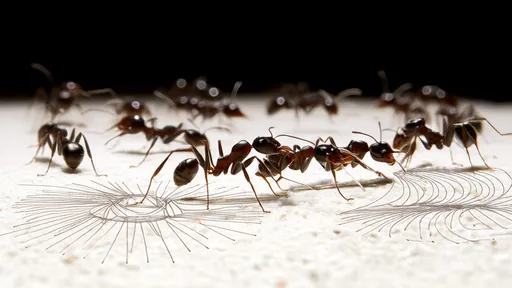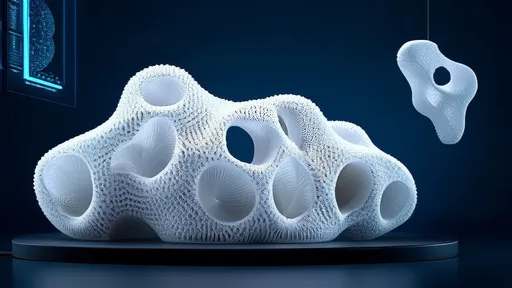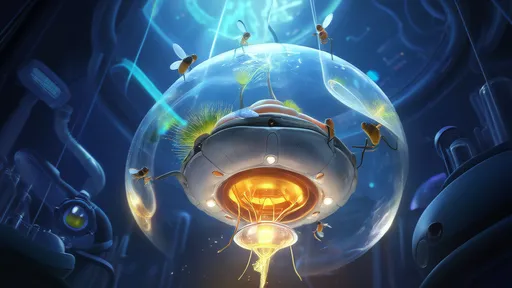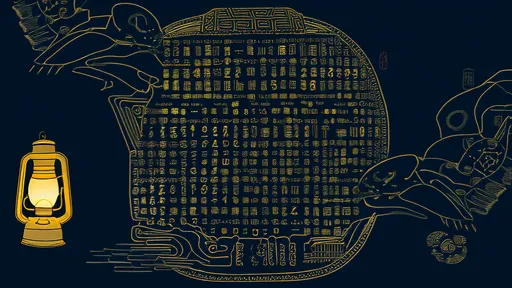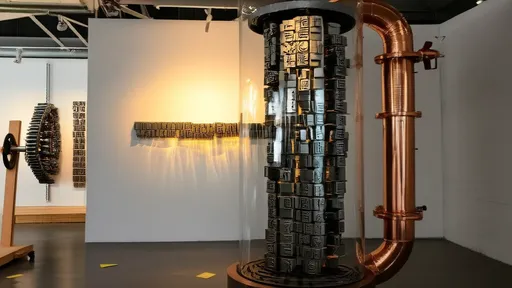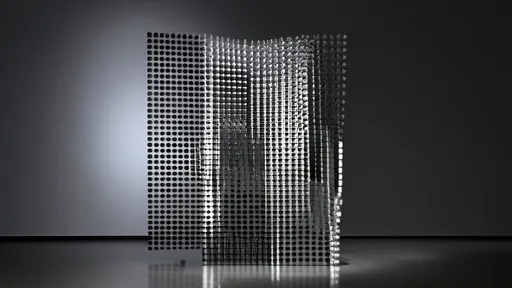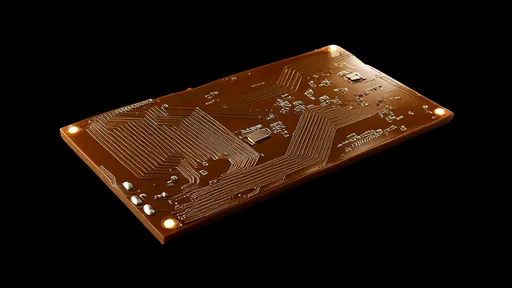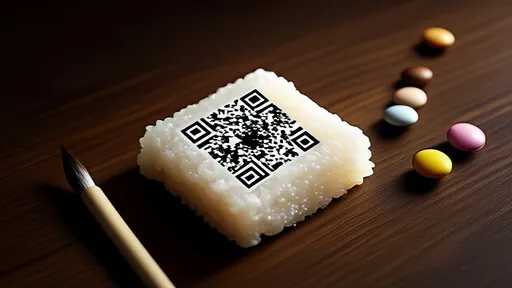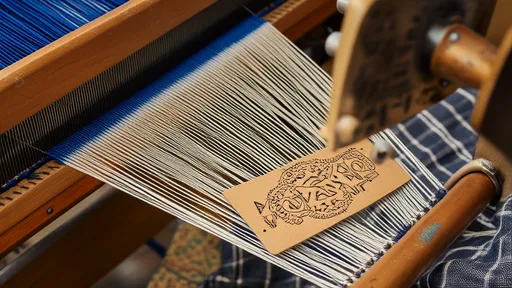The world’s coral reefs are in crisis. Rising ocean temperatures,
acidification, and human activity have decimated these vital
ecosystems, leaving scientists scrambling for solutions. One emerging
technology, however, offers a glimmer of hope: additive manufacturing,
or 3D printing, of coral skeletons. By replicating the intricate
structures of natural coral, researchers aim to accelerate reef
restoration and provide a lifeline for marine biodiversity.
Coral reefs are often called the "rainforests of the sea" due to their
incredible biodiversity. They provide habitat for nearly a quarter of
all marine species, protect coastlines from erosion, and support
fishing and tourism industries worth billions. Yet, over half of the
world’s reefs have been lost in the last few decades. Traditional
restoration methods, such as transplanting coral fragments, are slow
and labor-intensive. This is where 3D printing steps in.
The Science Behind Coral Skeleton Printing
Coral skeletons are made of calcium carbonate, a material that can be
mimicked using various 3D printing techniques. Researchers have
experimented with biodegradable materials, ceramics, and even
synthetic compounds designed to closely resemble natural coral. The
key challenge lies in replicating the complex, porous structures that
make coral an ideal habitat for marine life. Advanced imaging
technologies, such as micro-CT scanning, allow scientists to capture
the precise geometry of coral skeletons, which can then be reproduced
layer by layer using additive manufacturing.
One promising approach involves using a paste made of calcium
carbonate powder and a binding agent, which is extruded through a
nozzle to build intricate structures. Another method employs powdered
materials fused together with lasers, a technique known as selective
laser sintering. The resulting artificial skeletons are not just
passive scaffolds—they are often designed to encourage natural coral
larvae to settle and grow, effectively jump-starting the reef recovery
process.
Field Trials and Early Successes
Several pilot projects have already demonstrated the potential of
3D-printed coral skeletons. In the Maldives, for instance, researchers
deployed printed structures shaped like natural coral, which were
quickly colonized by fish and invertebrates. Similar efforts in the
Caribbean and the Great Barrier Reef have shown that these artificial
skeletons can attract coral polyps, the tiny organisms that build
reefs over time. Early data suggests that 3D-printed substrates may
even outperform traditional restoration methods in terms of speed and
resilience.
One notable advantage of 3D printing is customization. Reefs in
different regions face unique challenges, from strong currents to
invasive species. By tailoring the design of printed
skeletons—adjusting porosity, shape, or surface texture—scientists can
create structures optimized for specific environments. Some designs
even incorporate small crevices and overhangs to mimic the
microhabitats favored by certain marine species.
Challenges and Ethical Considerations
Despite its promise, coral skeleton printing is not without hurdles.
Scaling up production to meet the demands of large-scale reef
restoration remains a significant challenge. Current printing methods
are relatively slow and expensive, though costs are expected to
decrease as technology advances. There are also concerns about the
long-term durability of printed materials in harsh marine conditions.
Will they withstand storms, erosion, and biofouling over decades?
Ethical questions also arise. Some conservationists argue that
high-tech interventions could divert attention from addressing the
root causes of reef decline, such as climate change and pollution.
Others worry that artificial structures might disrupt natural
ecological processes or introduce non-biodegradable materials into
marine environments. Striking a balance between innovation and
ecological integrity will be crucial as this technology evolves.
The Future of Reef Restoration
Looking ahead, researchers are exploring ways to integrate 3D printing
with other cutting-edge technologies. For example, combining printed
skeletons with lab-grown coral could further accelerate reef recovery.
There’s also interest in developing "smart" structures embedded with
sensors to monitor water quality, temperature, and coral growth in
real time. Such innovations could transform reef restoration from a
reactive to a proactive endeavor.
Ultimately, 3D-printed coral skeletons are not a silver bullet. They
are one tool among many in the fight to save the world’s reefs. But as
the technology matures, it could play a pivotal role in buying time
for these ecosystems—giving them a fighting chance to adapt and
survive in an increasingly hostile ocean.
The race to save coral reefs is far from over, but with additive
manufacturing, scientists now have a powerful new weapon in their
arsenal. Whether it’s enough to turn the tide remains to be seen, but
for now, the fusion of technology and ecology offers a beacon of hope
beneath the waves.



